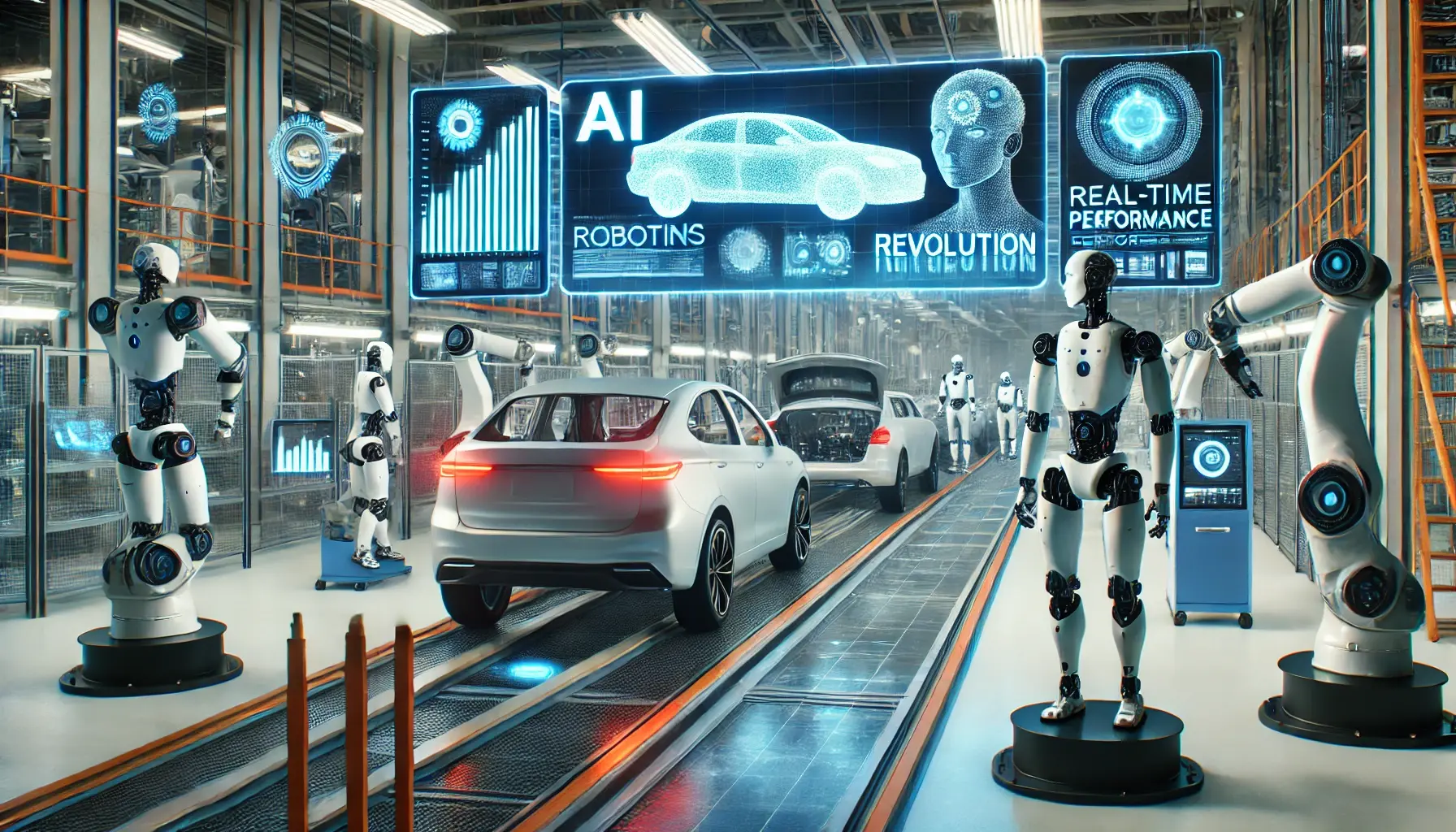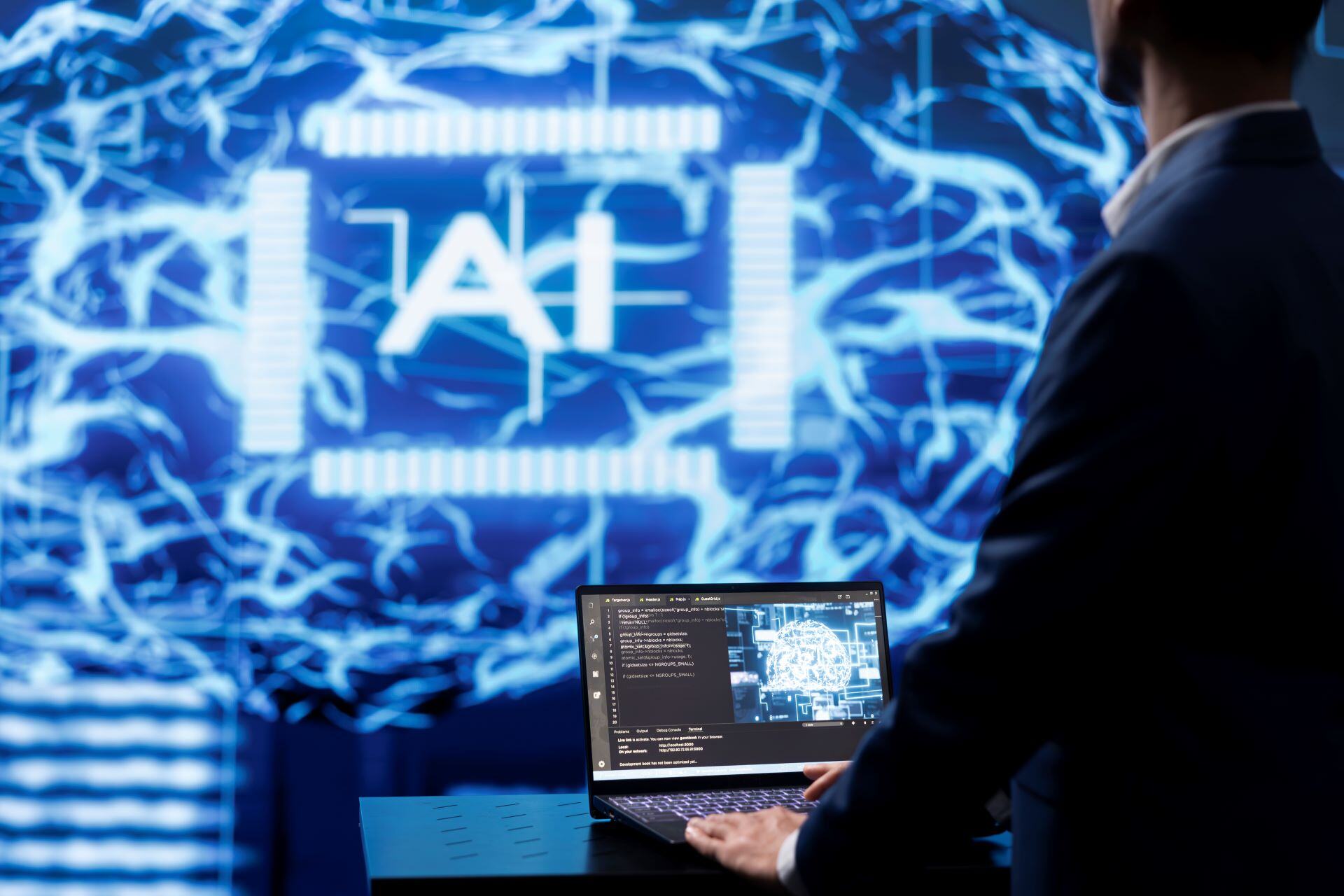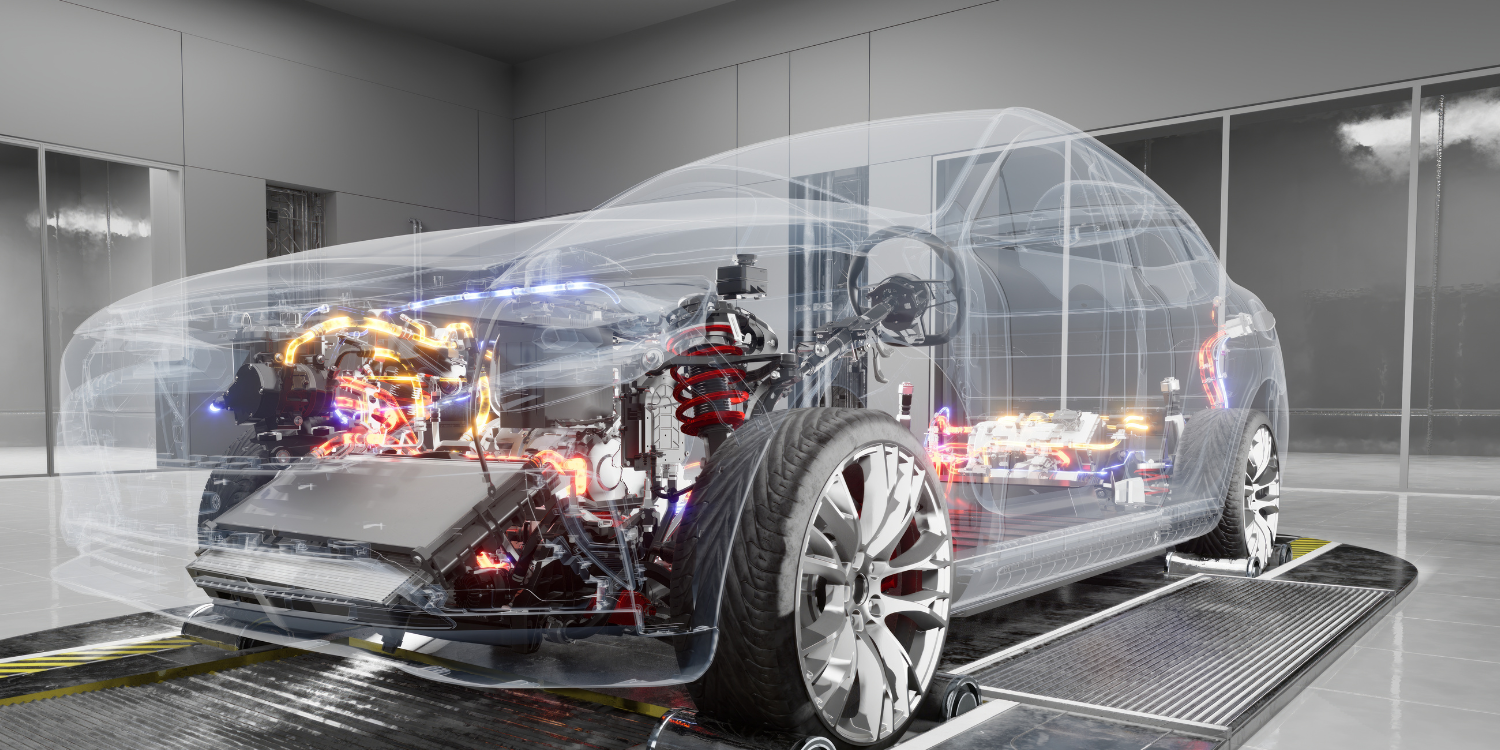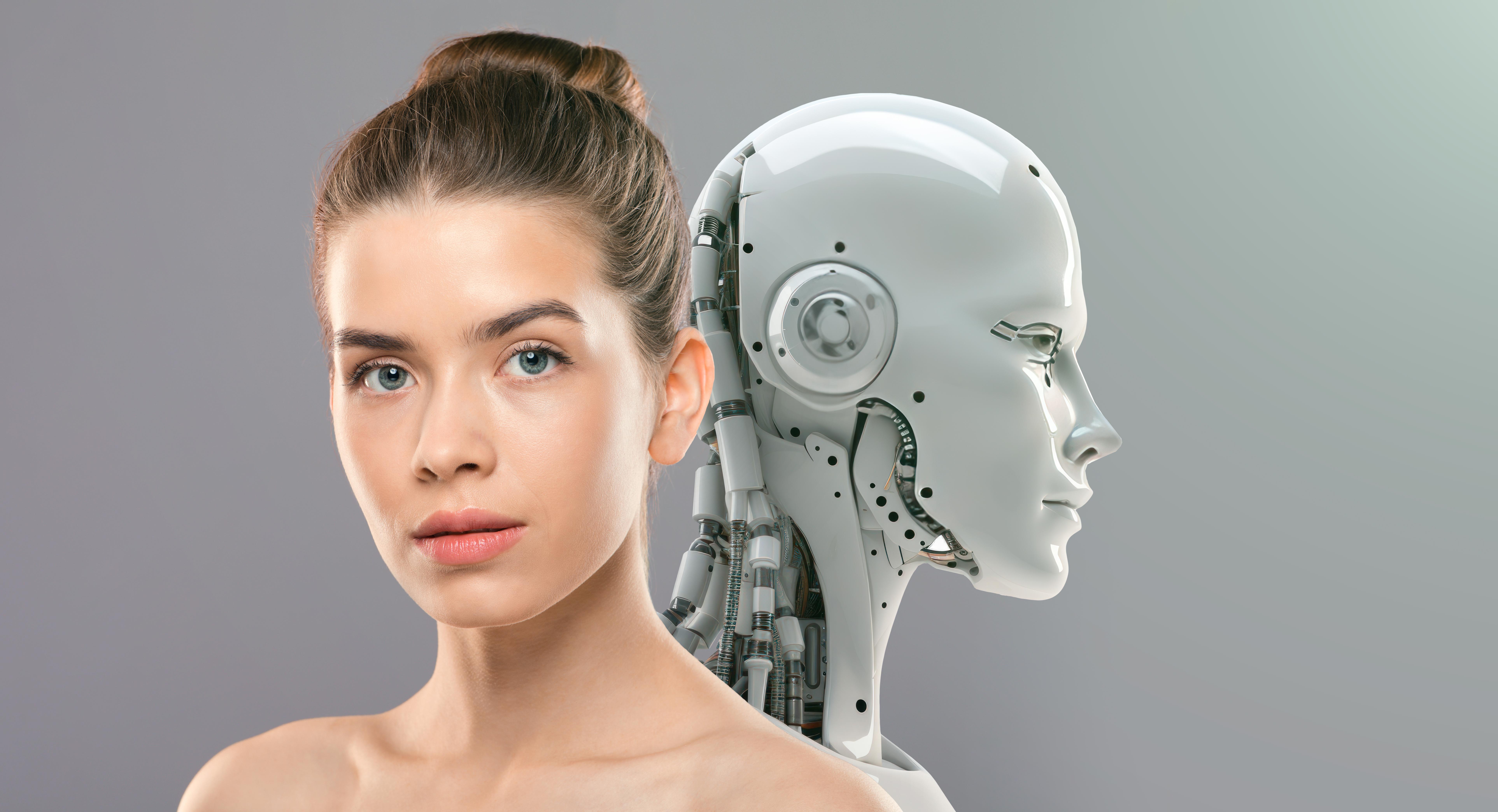AI Revolution in Manufacturing Explained

Post Categories
Robert Espinoza
History repeats itself. The Industrial Revolution in the 18th an d19th century transformed societies and economies, marked by the rise of mechanization and steam power. Today, we stand on the brink of another industrial revolution – the AI revolution – and it's raising similar questions about job displacement, economic disruption, and the future of work.
Lessons from the Past
In the 18th and 19th centuries, the introduction of machines displaced many skilled people and automated labor-intensive jobs, despite resistance for laborers, there was a wave of technology-driven unemployment. Yet, these revolutions brought prosperity and improved quality of life. New industries emerged, creating entirely new forms of employment, replaced workers adapted.
The AI Revolution
We're witnessing a similar pattern. AI is poised to revolutionize all industries and the automotive sector is no exception. Just like in the past AI and robotics will displace jobs and will create new jobs that require skills to work with AI and robotics such as supervising robots or training AI. However, others will struggle to adapt, especially those in low-skilled positions. This will first lead to income inequality and social unrest but there will be proactive measures taken to support displaced workers through retraining and education programs.
Here is a likely scenario how AI revolution will begin
Humanoid Robot, similar to Tesla's Optimus, designed to handle repetitive, hazardous tasks, is a prime example of this shift. While initially focused on menial labor, the long-term vision for Optimus is much grander. AI-powered robots will build cars, replacing human workers on assembly lines and in other roles.
The potential benefits of AI in manufacturing are undeniable. Robots like Optimus can work tirelessly, without breaks, errors, or complaints. They don't demand overtime pay or benefits, and their maintenance costs are predictable.
Consider this. if an Optimus robot costs $20,000 and lasts for five years, its annual cost is a mere $4,000. Compare that to the average annual salary of a U.S. manufacturing worker, which is around $45,000, and the economic incentives for automation become clear.
|
Human Labor |
AI Labor |
|
|
Cost |
$31,200 per year |
$20,000 One time purchase |
|
After 5 years |
$156,000 |
$4,000 per year |
|
Over time |
Yes |
No |
|
Shift |
12 hour shift with breaks |
24/7 continuous operation |
|
Human Resources Issue |
Lawsuit, injury, damage, benefits, raise, bonus, harassment, whistleblower |
None |
|
Consistency and Quality |
Variable (human error) |
High |
|
Training and re-skilling |
Ongoing training required |
Initial setup only |
|
Workplace safety |
Risk of accidents |
Safe. robots handle dangerous tasks |
|
Productivity |
Dependent on human limitation |
Consistent and high |
|
Operational flexibility |
Limited by human factor |
Flexible and scalable. |
Given the current trajectory of AI technology and its adoption in the automotive industry, here's a realistic prediction for when Tier 2 and Tier 3 automotive parts manufacturers might begin to adopt AI-driven manufacturing practices:
Early Adoption (2025-2028): Tier 2 and Tier 3 suppliers with available resources and a strong understanding of the potential benefits will start experimenting with AI-powered solutions. This initial adoption will likely focus on specific use cases where AI can deliver quick wins, such as quality inspection, predictive maintenance, and supply chain optimization.
Integration (2028-2032): As AI technologies mature and become more affordable. We will see the adoption of more sophisticated AI applications, like generative design for component optimization and robotic process automation for repetitive tasks.
Widespread Adoption (2032+): By the early 2030s, AI-driven manufacturing will become increasingly mainstream in the automotive supply chain, including Tier 2 and Tier 3 suppliers. The cost of AI technology will continue to decrease, making it more accessible to smaller companies. Additionally, the proven benefits of AI in improving efficiency, quality,and competitiveness will drive wider adoption.
The Path Forward
The AI revolution is inevitable, and the automotive industry workforce must adapt to thrive. Embracing AI and automation doesn't necessarily mean abandoning human workers. Instead, it's about finding the right balance between human ingenuity and machine efficiency.
Companies must invest in upskilling their workforce, equipping them with the skills needed to work alongside AI and robots. Governments and educational institutions must play a role in preparing the next generation for a workforce where AI is the norm.
The AI revolution, like the Industrial Revolution before it, is a double-edged sword. It brings the promise of increased productivity, innovation, and economic growth. But also the job displacement and social disruption come with it. By learning from history and proactively addressing the challenges, we can harness the power of AI to create a future where humans and machines work together to build a better world.


